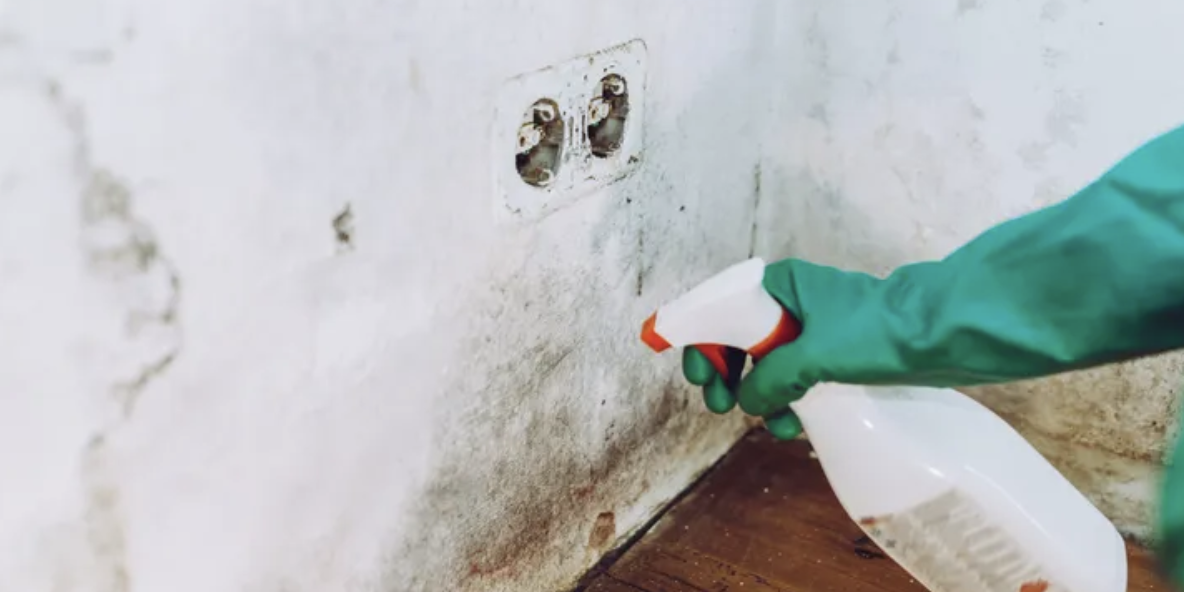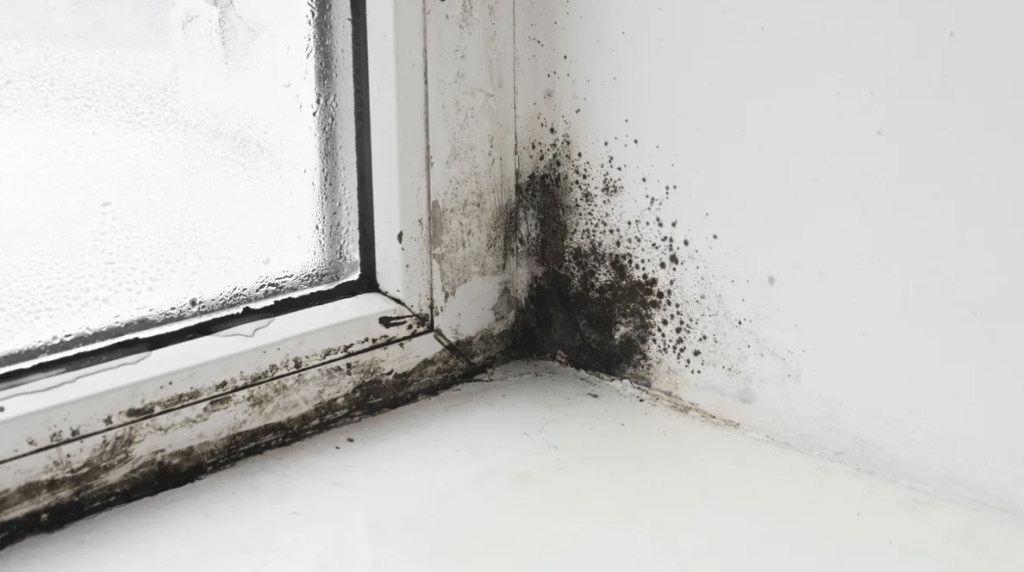As a landlord in Australia, ensuring the habitability of your rental property is not only a legal obligation but also essential for maintaining the value of your investment. One of the common challenges that landlords face is dealing with mould. Mould can not only pose health risks to tenants but also lead to property damage and legal issues. In this comprehensive guide, we will explore the causes of mould, its impact on both property and health, and most importantly, how landlords can effectively manage and prevent mould growth in their rental properties.
Understanding the Causes of Mould
Mould is a type of fungus that thrives in damp and humid conditions. In Australia, where the climate can be humid, especially in coastal areas, mould growth is a common issue. The main factors contributing to mould growth in rental properties include:
1. Poor Ventilation: Inadequate ventilation allows moisture to accumulate, creating an ideal environment for mould to thrive. Bathrooms, kitchens, and laundry areas are particularly susceptible.
2. Leakages: Water leaks from plumbing or the roof can create moisture build-up, providing a breeding ground for mould. Regular inspections for leaks are crucial in preventing mould issues.
3. Condensation: When warm, moist air comes into contact with cold surfaces, condensation occurs. This is often seen on windows, walls, and ceilings, fostering the growth of mould.
4. High Humidity: Certain climate conditions, especially during rainy seasons, can lead to increased humidity levels. High humidity encourages mould growth, making it essential for landlords to monitor and control indoor humidity.
Impact on Property and Health
Mould can have detrimental effects on both the property and the health of tenants. From a property management perspective, mould can cause structural damage, deteriorating paint, and compromising the integrity of building materials. This can lead to costly repairs and decreased property value.
On the health front, exposure to mould can result in respiratory issues, allergies, and other health problems. Individuals with compromised immune systems, respiratory conditions, or allergies are particularly vulnerable. Landlords must be aware of these potential consequences and take proactive measures to manage and prevent mould growth.
Managing Mould: A Step-by-Step Guide for Landlords
1. Regular Inspections:
Conduct regular property inspections to identify any signs of water leaks, dampness, or mould growth. Check areas prone to moisture, such as bathrooms, kitchens, basements, and ceilings. Early detection allows for prompt action to prevent mould from spreading.
2. Prompt Repairs:
Address water leaks and plumbing issues promptly. Whether it’s a leaky roof, a dripping faucet, or a broken pipe, swift repairs can prevent moisture build-up and inhibit mould growth.
3. Improving Ventilation:
Ensure proper ventilation in areas prone to moisture. Install exhaust fans in bathrooms and kitchens to remove excess moisture. Additionally, consider using dehumidifiers in spaces with high humidity levels.
4. Educating Tenants:
Educate tenants on the importance of ventilation and proper housekeeping to prevent mould growth. Provide guidelines on cleaning practices and how to report any signs of mould promptly. Encourage tenants to ventilate the property by opening windows and using exhaust fans.
5. Regular Cleaning:
Include mould prevention measures in the regular maintenance schedule. Clean and inspect areas susceptible to mould growth, such as air conditioning units, ducts, and carpets. Use mould-resistant paints and materials when renovating or updating the property.
6. Tenant Communication:
Establish open communication with tenants to create a collaborative approach to mould prevention. Encourage them to report any leaks, dampness, or mould promptly. Timely communication can prevent small issues from escalating into major problems.
7. Professional Remediation:
If mould is detected, it’s crucial to address the issue promptly. Engage professional mould remediation services to assess the extent of the problem and implement effective solutions. DIY attempts may exacerbate the issue if not handled properly.
8. Insurance Coverage:
Landlords should review their insurance policies to ensure they are adequately covered for mould-related issues. While insurance may not cover mould removal itself, it may cover damages resulting from covered perils that lead to mould growth.
Effectively managing mould in rental properties is not just about complying with legal obligations; it’s a fundamental aspect of responsible property ownership. By understanding the causes of mould, its impact on property and health, and implementing proactive measures, landlords can create a safe and habitable living environment for tenants while protecting the long-term value of their investment. Regular inspections, prompt repairs, and open communication with tenants are key components of a successful mould management strategy for landlords.
With all our ‘How to Blogs’, we recommend that you use this as a guide only and do further research by visiting the HIA website. The HIA Website provides expert knowledge in all areas of building and home renovation.








